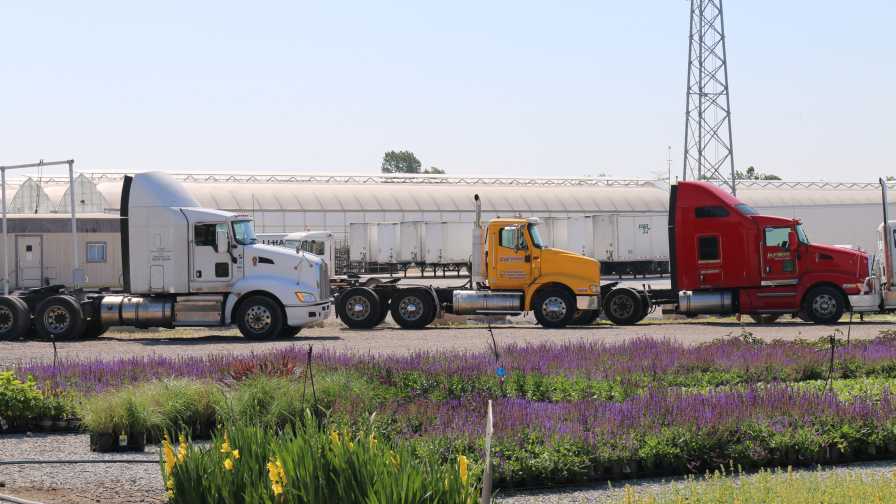Software Technology Advancing for Truck Optimization
 Growers need three building blocks in place for improved logistics: rack capacity, route optimization, and truck capacity, says John Stallmer, President of The Picas Group.
Growers need three building blocks in place for improved logistics: rack capacity, route optimization, and truck capacity, says John Stallmer, President of The Picas Group.
“Ideally, you want your racks and trucks as full as possible, so you can realize the full potential of optimizing your routes,” he says. “You can have great tools for optimizing your routes, but if your trucks are only 80% to 90% full, you are not maximizing the limited resources of your labor — your drivers and your trucks.”
There can sometimes be a trade-off between the best route and the fullest truck, according to Stallmer, who adds that having software that runs through hundreds of scenarios in seconds provides the best opportunity to limit these tradeoffs.
Picas has focused on providing and enhancing tools to ensure racks are as full as possible. Rules change frequently, based on the end customer’s needs, for how product should be organized on racks, so Picas works with customers to adopt these requirements into its algorithms. The company has also focused on mobile apps that allow drivers to access information that can help them manage their routes, reduce time, and increase communication back to the office or merchandiser teams.
Truck loads cannot be planned effectively without a route being optimized effectively, and vice versa, according to Matthew Vollmer, CEO and President of Arbre Technologies. Leveraging both in tandem helps growers to fully utilize available space and deliver product via the most efficient routes possible. Inefficient routes and inefficiently packed loads mean more costs (e.g., fuel, labor, etc.).
Arbre Tech has a solution dubbed “shipping verification” that is achieved by scanning inventory using RFID tags and its proprietary software to ensure a truck is loaded accurately the first time. The company’s goal is to help its customers achieve “the perfect truck,” so that what is planned to ship, ships accurately, and on time, the first time.
“For clients where regional routes vary (not routine) and the number of routes changes any given day, route optimization software may be beneficial,” says Melissa Herbst, Business Development Consultant for Velosio. “Ideally, getting a full truck delivered in the required time is critical, especially when managing driving laws and limitations.”
Velosio has worked with its clients to integrate with tools such as PC Miler, a routing, mileage, and mapping software provider. The grower can plan the orders for the day and export the orders to be routed. The routed load is then be imported into Microsoft Dynamics 365 BC, so the logistics team can then plan for picking, packing, and racking. Velosio is also working with logistics companies to enhance their solutions to integrate with Microsoft Dynamics BC. One such partner is Pace Jet, now 3GTMS. Pace Jet is a cloud-based platform for mid-sized and larger growers that allows clients to compare shipping rates across multiple carriers. Clients can unify shipping across parcel, freight, LTL, 3PL, and more.
Looking ahead to new advancements, Herbst says enterprise shipping software is a growing category, especially as the logistics landscape changes quickly. Enterprise shipping software allows one to quickly and easily manage and ship orders for multiple sales channels from one interface. Another advance in logistics and shipping software that gives growers the ability to “digitally pack” a truck via software, with drag and drop functionality, for planning purposes seems to be a gamechanger in the logistics and shipping area, Vollmer says, adding that the software can allocate and reallocate truck inventory based on the capacity available, size of the product/plants, and arrange a packing sequence based on the route, to name a few of its capabilities.










